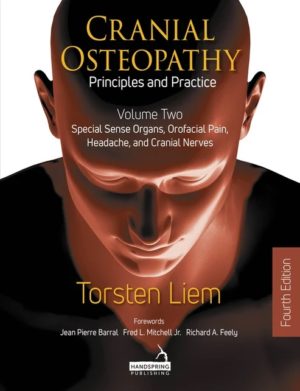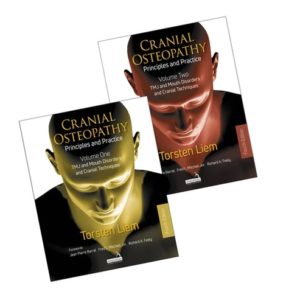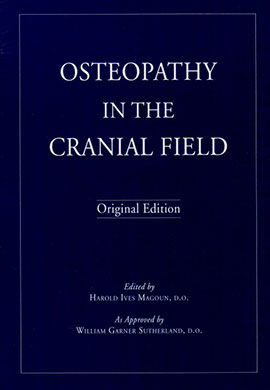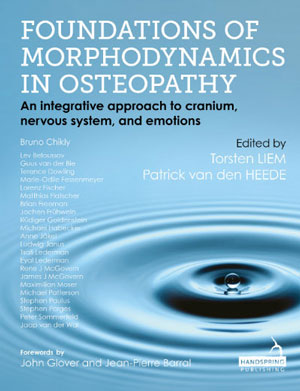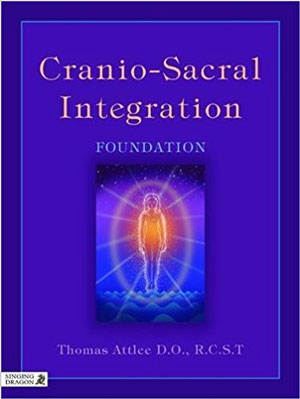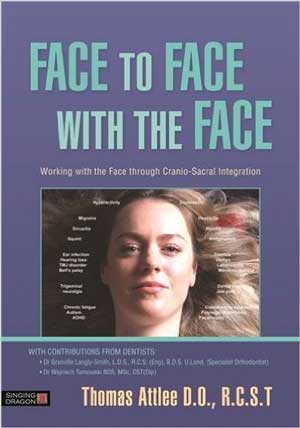Craniosacral osteopathy
Books about the craniosacral osteopathy
What is craniosacral osteopathy? Cranio-sacral therapy is a manual form of treatment and has evolved from osteopathy. At the beginning of the 20th century, she founded W. G. Sutherland, a student of Andrew Taylor Still. John E. Upledger has developed this form as craniosacral osteopathy. It is believed that a fluid called cerebrospinal fluid spreads like a wave between the skull (cranium) to the sacrum (sacrum) in rhythmic pulse-like traits. This brain water is important for the removal of the slags. The therapist can feel and analyze this rhythm. Through certain manipulations he can change the pulsating rhythm and make it better to flow. This dissolves disturbances and blockages and promotes self-healing powers. The areas of application of craniosacral therapy range from chronic complaints to headaches, migraines, dizziness, tinnitus, whiplash, back pain and even sleep problems. In children, it is already used in pregnant women both before and after birth. Patients can be both newborns, children, younger and older people.
Patients especially appreciate the relaxation factor in this form of treatment, while the therapist performs the treatment with calm movements.
There is a lot of literature on craniosacral osteopathy: of course by John E. Upledger, but also Torsten Liem, Agustoni and others.
Do not be confused by the different spellings of Craniosacral, Craniosacral or Cranio-Sacral.

